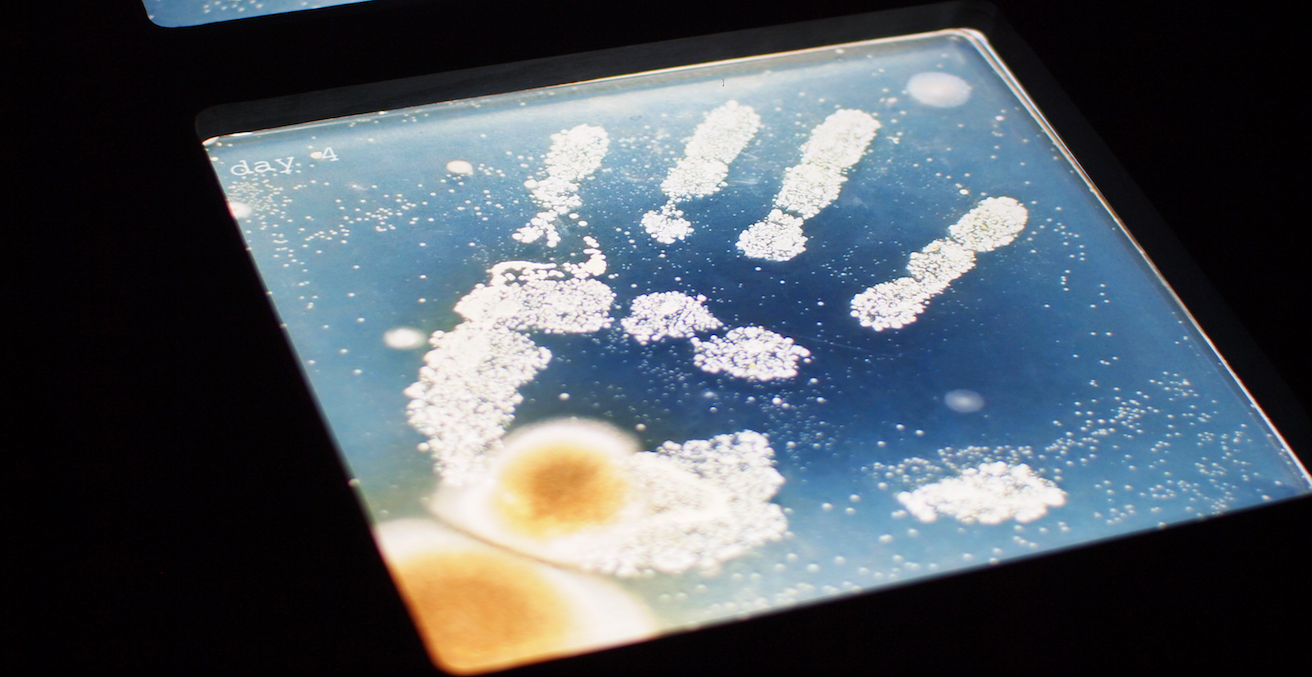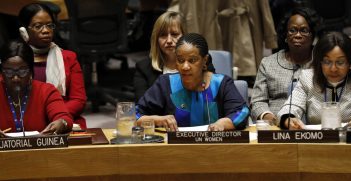Mapping the Potential Impact of Synthetic Biology on Australian Foreign Policy

Synthetic biology is an up-and-coming form of technology that could have significant impact on both the security and prosperity of Australia.
Synthetic biology has not been explored as a discrete policy area in relation to Australian foreign policy. To begin this process an understanding of Australia’s genetic endowment, Australia’s agricultural endowment and those security concerns novel to synthetic biology need to be developed. The convergence of the biological sciences and the information sciences is creating novel security concerns that impact on Australian sovereignty, both mainland and the Antarctic Territories, plant and animal health, and defence medical infrastructure. These concerns cross many traditional disciplinary and policy boundaries, an awareness of this is required and a nascent national practitioner community can develop this further. This article lays out the unique touch points synthetic biology has on Australian foreign policy.
In the coming decades, synthetic biology could disproportionately impact the social, economic and political patterns of interaction within and across national borders. The biological sciences have converged with the information sciences. Advances in both fields have outpaced regulatory and legal frameworks, while simultaneously there has been a convergence of data science, advanced computing and biological information. Genomic information is big data, and at a very basic level information science tools are used to screen large quantities of biological data for desired traits. This has flow-on impacts for how synthetic biology needs to be framed and thought of as an emerging policy area. It is not just an area that covers human, animal and plant health, nor does it only cover the agricultural and pharmaceutical industries. On the one hand synthetic biology is redefining how biological weapons are imagined, on the other hand, this is only a small area of the field’s emerging policy footprint. An Australian-based appraisal of synthetic biology from a foreign policy and security perspective needs to effectively survey the country’s substantial genetic, agricultural, scientific and technological resources within the global context of this emerging field.
The Australian Council of Learned Academies (ACOLA) has recently released a report Synthetic Biology in Australia: An Outlook to 2030 (ACOLA 2018) as part of its Horizon-Scanning Series. While this document does not represent an Australian Government position on synthetic biology, it does suggest there is high-level movement towards a public national policy concerning synthetic biology. Particularly now that Bioplatforms Australia is conducting synthetic biology scoping study (ACOLA 2018) in relation to national research infrastructure needs. The case for a discrete and targeted policy towards synthetic biology issues, especially from an international perspective, will only grow in the years ahead. The emerging capabilities of synthetic biology are already changing global industrial processes and developing a national awareness of the Australian context in relation to synthetic biology is essential.
Australia’s genetic endowment can be defined as the genetic library of plant and animal resources unique to the Australian continent and the economic exclusive zone. Bioprospecting will become a core part of the business model for many industries that adopt synthetic biology tools and processes. It is now possible to transfer genetic information digitally from sample site to laboratory without having to transfer the original biological sample. Not only does this enable cross-border genetic piracy, but it also introduces a range of complexities to tracking the natural and geographic origins of synthetic biotechnologies. When this is combined with the openly accessible online libraries of academic genome repositories, genetic information has never been more borderless.
Many of these issues are covered in the Nagoya Protocol of the Convention on Biological Diversity, which the Australian Government signed in 2012 and has a developed a national access model for. The Nagoya Protocol established an internationally agreed and legally binding framework that provides for access to genetic resources across national borders. The Protocol entered into force on 12 October 2014 and though Australia has signed, ratification has not yet taken place.
Australian policy benefits from aligning with the Nagoya Protocol. Should other countries use Australian genetic material, the Nagoya Protocol provides for the economic benefits of that use to flow back to Australia and any Indigenous communities the genetic information may derive from. Australia’s unique flora and fauna provisions the country with a large genetic endowment. It is critical that Australia ensures this endowment is protected from piracy, that it is sustained for the benefit of all Australians including Indigenous custodians, and that it is exploited within an internationally normative framework and a legally binding system. The Nagoya Protocol provides for this and Australia will likely become increasingly reliant on the Protocol as synthetic biotechnologies mature.
Australia is in a unique position to work with regional countries on the development of biosafety, biosecurity and bioethical norms. As synthetic biology develops, not only will the level of knowledge required to undertake malevolent acts decrease, the probability of mistakes and poor decisions will increase. Low-quality or non-existent ethical and safety training further contributes to and increases these probabilities. Australia stands to create and capture a large segment of economic and social value in the global bioeconomy. However, such an increase in domestic activities needs to be matched with the development of defence and intelligence-related biotechnology capabilities to counter the increased risk of accident and misuse. Many of the risks and threats related to the emerging synthetic biotechnologies are transnational and borderless. The architecture that manages and hedges these emerging challenges will need to encompass the borderless spaces where these risks are most acute.
Drawing from the Australian 2017 Foreign Policy White Paper synthetic biology policy can be said to encompass the accelerating advance of technology, issues relating to the spread of infectious diseases, the non-proliferation of weapons of mass destruction, and threats posed by terrorism. Each of these issues cannot be separated from regional and global great power dynamics as well as perceived (and actual) structural changes in the international system. These changes will influence the pre-existing global structures that regulate biotechnologies, but more importantly, they will underpin any novel international organisations created to regulate or preside over next-generation biosecurity issues. Incorporating from the horizon-scanning exercise published in 2017 and the Biodefense in the Age of Synthetic Biology report there are a number of emerging capability areas that represent novel issues relevant to the Australian foreign policy and security context.
The final element necessary to ensure Australia is able to take effective advantage of synthetic biotechnologies will be creating, maintaining and growing a local practitioner community. A local community of technical, security, intelligence, policy and amateur (DIY) practitioners will provide a diverse and informed Australian perspective on these emerging issues. The US established such a community in 2005 through a US$10 million grant from the Alfred P. Sloan Foundation. The community was further enabled through the Synthetic Biology Project at the Woodrow Wilson International Centre for Scholars. Australia would benefit from a similar policy and practitioner community, but establishing it takes time, resources and commitment. The seeds for such a community exist and there is a burgeoning technical sector now in the country.
An Australian engagement in the global bioeconomy, accompanied by adequate hedging of the safety and security risks, will leverage value from the creation and maintenance of a domestic practitioner community. This community already exists in disparate form across a number of academic and industry institutions. Growing its scale will create a pool of capability and expertise from which the Australian Government can draw on when required. Responding to the foreign policy, security and intelligence challenges that will arise in the area of synthetic biology will require a nuanced understanding of both the technical, ethical and policy elements. Creating and sustaining a practitioner community will locate and incubate the human and knowledge capital required to meet these challenges. Understanding the future implications of synthetic biology’s convergence with the information sciences is a critical first step. is the vice president for the Australian Institute for International Affairs (AIIA) NSW and national assessments leaders at Macquarie University. He is also a research fellow with Remi AI, an artificial intelligence company. He is chairing a panel on new technologies at the AIIA 2019 National Conference for a New Era. Go to aiia19.org to find out more.
Thom Dixon is the vice president for the Australian Institute for International Affairs (AIIA) NSW and national research assessments leader at Macquarie University. He is also a research fellow with Remi AI, an artificial intelligence company. He is chairing a panel on new technologies at the AIIA 2019 National Conference for a New Era. Go to aiia19.org to find out more.
This article is an excerpt from an article with the same title in the Australian Journal of International Affairs. It is republished with permission.





